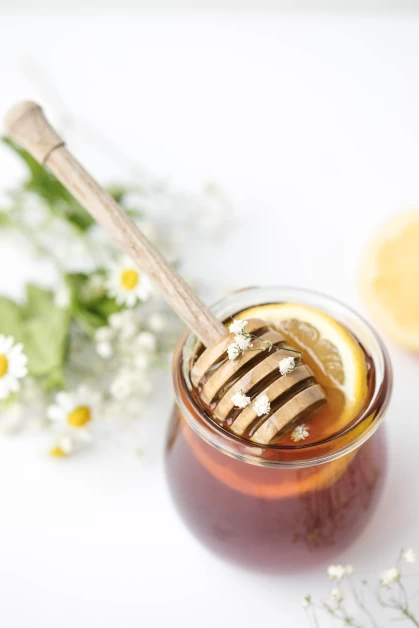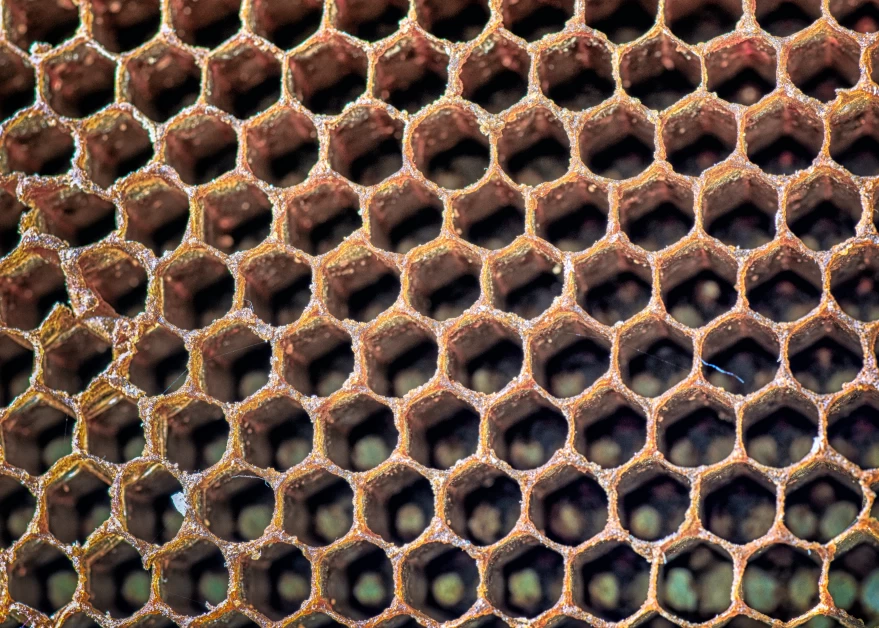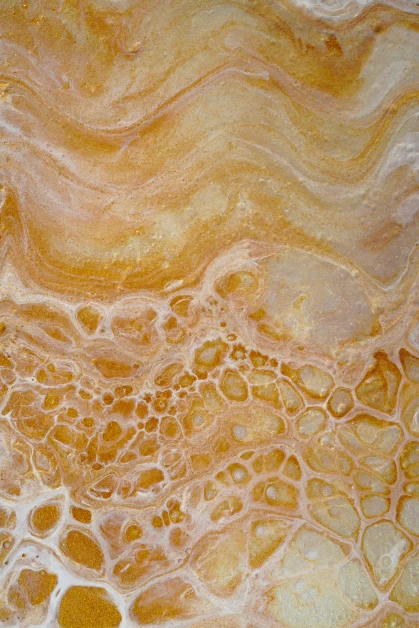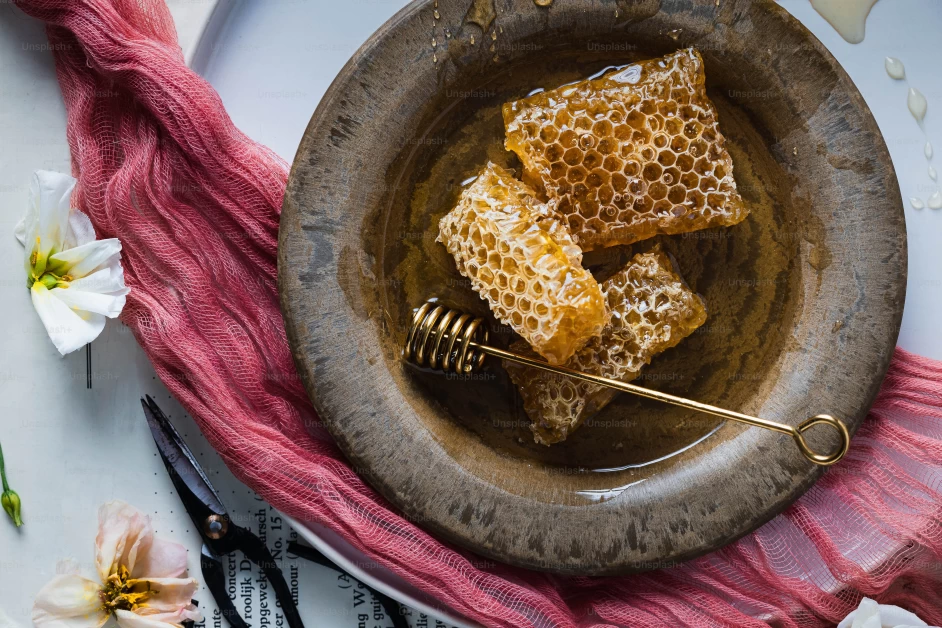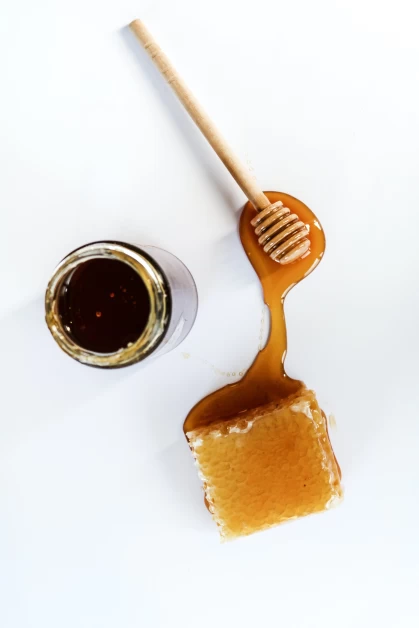Table of Contents
Manuka honey has gained significant attention in recent years for its potential health benefits, especially in the context of respiratory conditions like pneumonia. This article will explore the various ways in which manuka honey can be beneficial for pneumonia patients, including its antimicrobial and anti-inflammatory properties. We will also discuss the increasing demand for honey products, particularly darker varieties like manuka honey, and how this trend is influenced by factors such as consumer preferences and the COVID-19 pandemic.
Introduction
Manuka honey, along with other types of darker and high-quality honey, has been recommended for its potential health benefits, particularly in the context of respiratory conditions like pneumonia. It is important to note that these claims are supported by scientific research and have been widely acknowledged by medical professionals. In this article, we will delve into the specific properties of manuka honey that make it beneficial for pneumonia patients and how its consumption can contribute to overall health and well-being.
The Health Benefits of Manuka Honey for Pneumonia
Antimicrobial Properties
Manuka honey is known for its potent antimicrobial properties, which can be attributed to the presence of a compound called methylglyoxal (MGO). MGO has been shown to effectively inhibit the growth of various bacteria, including those that are commonly associated with respiratory infections like pneumonia. This antimicrobial activity can help fight off the pathogens responsible for the infection and promote faster recovery.
Anti-Inflammatory Effects
In addition to its antimicrobial properties, manuka honey also exhibits strong anti-inflammatory effects. Pneumonia is characterized by inflammation in the lungs, which can lead to symptoms such as coughing, chest pain, and difficulty breathing. The anti-inflammatory properties of manuka honey can help reduce this inflammation and provide relief from these symptoms. By soothing the inflamed tissues, manuka honey can contribute to a faster recovery and improved lung function.
Other Potential Benefits
Apart from its antimicrobial and anti-inflammatory properties, manuka honey may offer additional benefits for pneumonia patients. Some studies have suggested that certain compounds present in manuka honey, such as caffeic acid phenethyl ester (CAPE) and chrysin, have antiviral properties and may help inhibit the replication of viruses, including those responsible for respiratory infections. Furthermore, manuka honey has been shown to have antioxidant properties, which can help protect the body against oxidative stress and promote overall health.
The Increasing Demand for Honey Products
Consumption Trends
The consumption of honey, including darker varieties like manuka honey, has been steadily increasing over the years. This can be attributed to various factors, including the growing awareness of its health benefits, the influence of medical professionals and nutritionists, and the promotion of honey consumption through mass media and educational initiatives. Honey is now widely recognized as a nutritious and beneficial food product, and its consumption has become a part of many people’s daily routines.
Factors Influencing Consumer Preferences
When it comes to honey consumption, several factors can influence consumer preferences. Research has shown that product quality, including factors such as taste, aroma, and texture, plays a crucial role in determining consumer intentions to buy honey products. Additionally, the medical aspects, reputation of the brand, and pricing of the honey can also influence consumer purchasing decisions. In the context of the COVID-19 pandemic, the demand for honey, especially manuka honey, has increased significantly due to its perceived health benefits and potential anti-inflammatory and antimicrobial effects.
Global Honey Supply and Demand
The global supply and demand for honey have experienced an upward trend over the past few decades. Honey exports have increased substantially, reflecting the growing demand for this natural sweetener. However, it is important to note that the reported export figures may not accurately represent the actual situation, as some countries engage in deceptive practices by relabeling imported honey as their own production. This issue has been investigated through surveys such as the Honeygate survey, aiming to expose these fraudulent activities and ensure transparency in the honey trade.
Price Trends
The price of honey, especially high-quality varieties with nutritional properties like manuka honey, has seen a significant increase over the past 25 years. This rise in price can be attributed to various factors, including the increasing demand for honey, limited supply, and the negotiations between buyers and sellers in the honey market. While the price of counterfeit honey has experienced negative changes, genuine honey with its health benefits and nutritional properties has continued to rise in value.
Conclusion
Manuka honey, along with other darker and high-quality honey varieties, has proven to be beneficial for pneumonia patients due to its antimicrobial and anti-inflammatory properties. It can help fight off pathogens, reduce inflammation in the lungs, and promote faster recovery. The increasing demand for honey products, particularly in the context of the COVID-19 pandemic, can be attributed to factors such as consumer preferences, growing awareness of honey’s health benefits, and the influence of medical professionals and nutritionists. However, it is important to ensure the authenticity and quality of honey products, as fraudulent practices can undermine the reputation and value of this natural sweetener.
